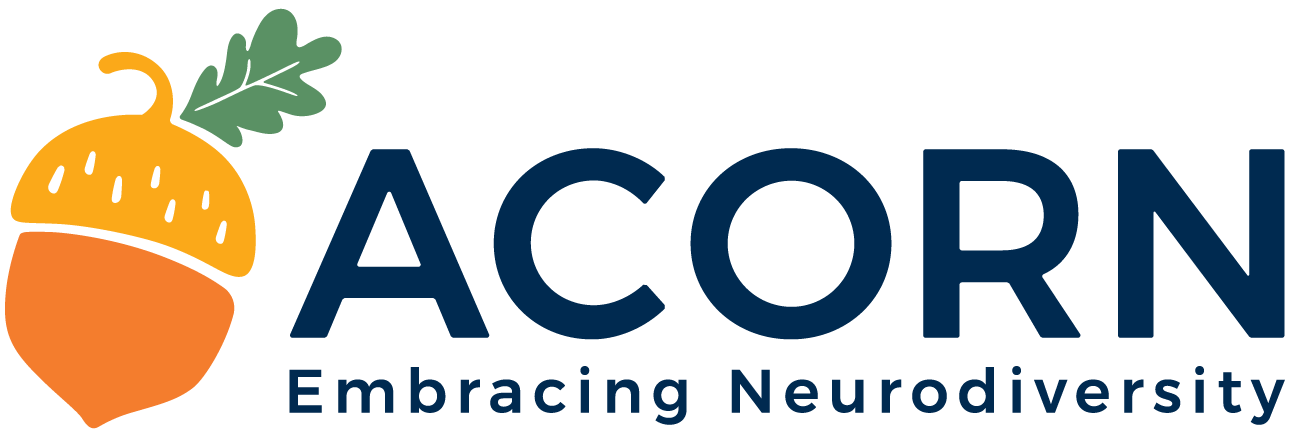Social stories: What are they and how can they help autistic children?
Many children with ASD struggle with aspects of social skills; knowing how to behave in different situations, knowing how to read another person’s body language or understand the true meaning behind what another person says. These are skills that many children tend to pick up naturally over time, but those with ASD may need extra support with.
Social Stories is an intervention programme designed by Carol Gray for use with children with ASD. Attwood (2000) described a Social Story as being “written to provide information on what people in a given situation are doing, thinking or feeling, the sequence of events, the identification of significant social cues and their meaning, and the script of what to do or say; in other words, the what, when, who and why aspects of social situations.” Social stories have been shown to be effective with learners in preschool (3-5 years) to high school (15-22 years).
Social Stories can be highly individualised to a child’s specific social needs, for example, what to do during a fire drill. Typically, during the intervention, a child will be told the story and given the social details outlining appropriate behaviour. Afterwards, the child will answer questions based on the story and have opportunities to practise the desired behaviour in a real life scenario.
The principal aims of Social Stories are:
To improve children’s understanding of events
To help them understand different perspectives
To respond appropriately when communicating
Stories are generally presented in text or text and picture format. They are a relatively short, straightforward description of social situations and context. To write a Social Story, Sansosti et al (2004) summarised four steps:
Target a specific social situation;
Identify the key features of the context or setting;
Share the features with the child and teacher/therapist; and
Use these features to generate a Social Story
Social Stories should contain sentences that describe (e.g. “We go to School to learn and to play with our friends”) and sentences that direct or provide rules (e.g. “I must raise my hand and wait for the teacher to ask me directly before I say an answer”). Social Stories should always contain more sentences that describe than sentences that direct. Generally, there should be two sentences that describe for every one that directs.
Below is an example of a social story:
“Fire Drills
You go to School to learn.
Your teacher teaches you maths, English and lots of other lessons. They also teach you how to stay safe.
Every month, School has a fire drill to teach you what to do to stay safe if there is ever a fire
When there is a fire drill, you will hear a loud alarm and see a light flashing. This is just for practice, there is not a real fire.
It is going to be really loud. It needs to be loud so that your teachers and friends can all hear the alarm.
You can cover your ears or put on headphones, but make sure you can still hear your teacher’s instructions.
When the alarm makes the noise, leave your books, pens and pencils on the desk, and line up with your classmates.
Wait for your teacher to tell you when and where to go.
Follow your teacher and classmates out of the classroom and outside. Walk quietly. Do not run or yell.
Wait where the teacher tells you to, this is not play time.
The alarm will stop ringing when everyone is out of the building.
When your teacher says it’s ok, you can follow your classmates back into the classroom again.
Remember it is practice so you know what to do if there is ever a real fire.”
For further information on social stories, Carol Gray’s website is a great resource (https://carolgraysocialstories.com/). At Acorn Autism, we use social stories as just one of our many evidence-based practises to help our children to build on their skills. Please feel free to contact us if you have any questions or an interest in our services.
References
• Attwood, T. (2000). Strategies for improving the social integration of children with Asperger syndrome. Autism, 4(1), 86-100.
• Sansosti, .FJ., Powell-Smith, K. A. & Kincaid, D. (2004). A Research Synthesis of Social Story Interventions for Children with Autism Spectrum Disorders. Focus on Autism and Other Developmental Disabilities 19 (4):194–204 Website http://carolgraysocialstories.com/
